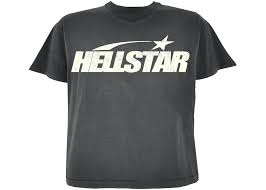As a writer, breaking away from traditional forms and trying something new and experimental can be exhilarating. Experimental Writing pushes boundaries and challenges writers to explore their creativity. Here are some tips for thinking outside the box.
Begin with an Unconventional Concept
Experimental Writing often starts with an unconventional or unexpected concept or idea. This could be a unique approach to language, a structure, or a theme. Once you have a concept, you can build your Writing around it.
Embrace the Unknown
When writing experimentally, it’s essential to be open to uncertainty and unpredictability. According to speech writing help you may not know where your Writing will take you, but that is okay. Embrace the unknown and allow yourself to explore without judgment or expectation
Play with Form
Traditional forms, such as novels and short stories, can be limiting. Experiment with form by using unconventional structures or mixing different forms. For instance, write a story in the form of a recipe or a play in the form of a choose-your-own-adventure.
Utilize Language in Unique Ways
Experimental Writing involves playing with language. Use techniques like wordplay, puns, and unconventional grammar to create unique effects. For example, write a poem where each line is a palindrome.
Take Bold Risks
When writing experimentally, taking risks and daring in your choices are crucial. Feel free to try something that might not work. The point of experimental Writing is to challenge yourself and push boundaries.
Examples of Experimental Writing
To give you an idea of what experimental Writing can look like, here are a few examples:
Stream-of-Consciousness Writing: This style lets your thoughts flow onto the page without worrying about structure or grammar. It can create a unique and raw effect that captures the character’s inner thoughts and emotions.
Collage Writing: This involves piecing together text fragments from different sources, such as newspaper articles, diary entries, and even advertisements. It can create a disjointed and fragmented effect that challenges traditional narrative structures.
Found Poetry: This involves taking existing text, such as a newspaper article or a speech, and reworking it into a poem. It can create unexpected meanings and effects by playing with the language in new ways.
Visual Writing involves using images or graphic elements to convey meaning and tell a story. It can include comics, graphic novels, or even illustrated novels. The combination of images and text creates a unique and engaging reading experience.
By experimenting with different styles and techniques, you can find new ways to express yourself as a writer and create something unique. Remember, the most important thing is to have fun and explore your creativity without fear of judgment or criticism.
Conclusion
Experimental Writing is an exciting and rewarding way to explore your writing creativity. By beginning with an unconventional concept, embracing uncertainty, playing with form and language, and taking risks, you can break away from traditional forms and create something unique. Remember to have fun and enjoy the process of exploring your creativity.






